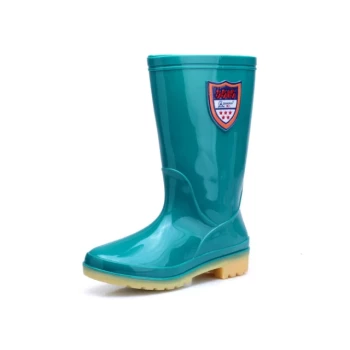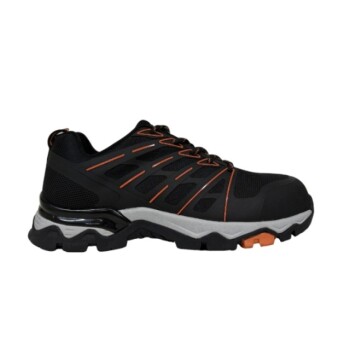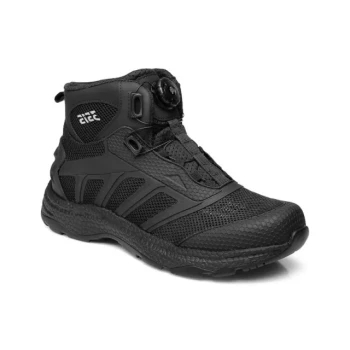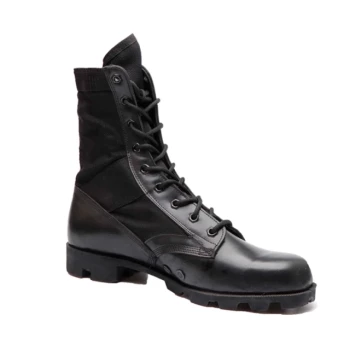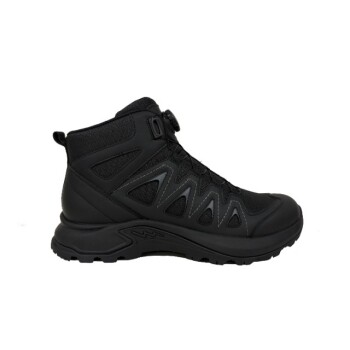As a rain boot material, rubber is defined by its natural durability, flexibility, and complete waterproof protection. It is generally considered a premium material, offering superior comfort and longevity compared to synthetic alternatives like PVC, though it comes with the trade-offs of being heavier and more expensive.
Rubber's core advantage lies in its natural elasticity, which provides a more comfortable, flexible fit and exceptional durability. However, this performance comes at the cost of increased weight and a higher price point.
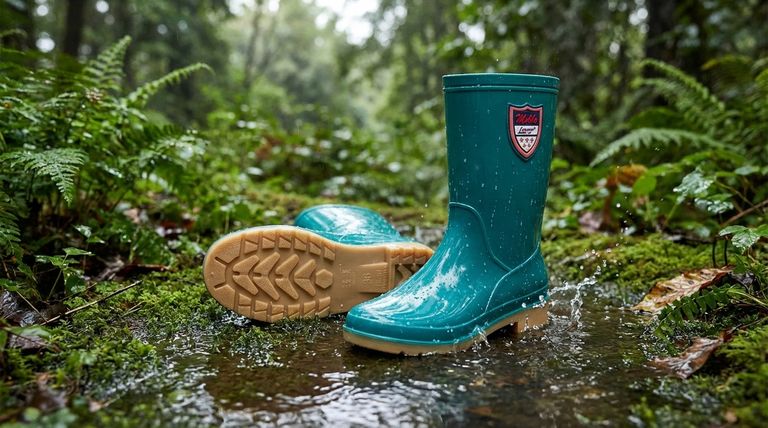
The Core Strengths of Rubber
Rubber is a classic choice for rain boots for several compelling reasons that stem from its inherent properties as a natural material. These characteristics make it ideal for footwear requiring high levels of protection and resilience.
Unmatched Durability and Toughness
Rubber is a high-elasticity material known for its toughness and abrasion resistance. This makes it exceptionally durable for outdoor use.
The vulcanization process further strengthens the material, reducing potential weak spots that could tear or be damaged over time.
Superior Waterproofing
By its nature, rubber is impervious to water. This makes it a fundamental material for creating a completely waterproof barrier, which is the primary function of a rain boot.
Natural Flexibility and Comfort
Compared to stiffer plastics like PVC, rubber's natural elasticity provides greater flexibility. This allows the boot to move more naturally with your foot, increasing comfort during walks.
This flexibility is often maintained even in colder weather, preventing the material from becoming rigid and uncomfortable.
Excellent Traction
Rubber soles are known for providing exceptional traction and slip resistance. This is a critical safety feature on wet, slippery surfaces, making rubber a reliable choice for challenging conditions.
Understanding the Trade-offs
While rubber offers premium performance, it's essential to understand its inherent limitations. These trade-offs are the primary reason why alternative materials exist.
Significant Weight
Rubber is a relatively heavy material. This added weight can make the boots feel cumbersome, especially if you plan on walking long distances.
Higher Cost
As a natural material that requires more processing, rubber is typically more expensive than synthetic alternatives like PVC. The final price reflects its durability and performance benefits.
Lack of Breathability
The same property that makes rubber perfectly waterproof also means it has poor breathability. This can lead to sweaty, uncomfortable feet if worn for extended periods.
Limited Fit Customization
Rubber boots are formed into a fixed shape and cannot be adjusted for a custom fit. This can compromise comfort for individuals whose foot shape doesn't perfectly match the boot's design.
Is Rubber the Right Choice for You?
Choosing the right material depends entirely on how you plan to use your boots.
- If your primary focus is long-term durability and frequent use: Rubber is an excellent investment that will withstand significant wear and tear.
- If your primary focus is comfort during movement: The natural flexibility of rubber provides a superior walking experience compared to stiffer plastics.
- If your primary focus is a lightweight boot for occasional use or budget: A synthetic option like PVC may be a more practical choice.
Ultimately, understanding these characteristics allows you to select a boot that truly meets the demands of your environment.
Summary Table:
| Characteristic | Advantage | Trade-off |
|---|---|---|
| Durability | Extremely tough and abrasion-resistant | Heavier than synthetic materials |
| Waterproofing | Completely impervious to water | Lacks breathability |
| Flexibility | Natural elasticity for greater comfort | Higher cost due to material and processing |
| Traction | Excellent slip resistance on wet surfaces | Fixed shape, limited fit customization |
Need durable, high-performance rain boots for your business?
As a large-scale manufacturer, 3515 produces a comprehensive range of footwear for distributors, brand owners, and bulk clients. Our production capabilities encompass all types of rubber boots, ensuring superior waterproof protection, lasting durability, and exceptional comfort for your customers.
Contact us today to discuss your specific needs and discover how we can deliver the perfect rubber boot solution for your market.
Visual Guide
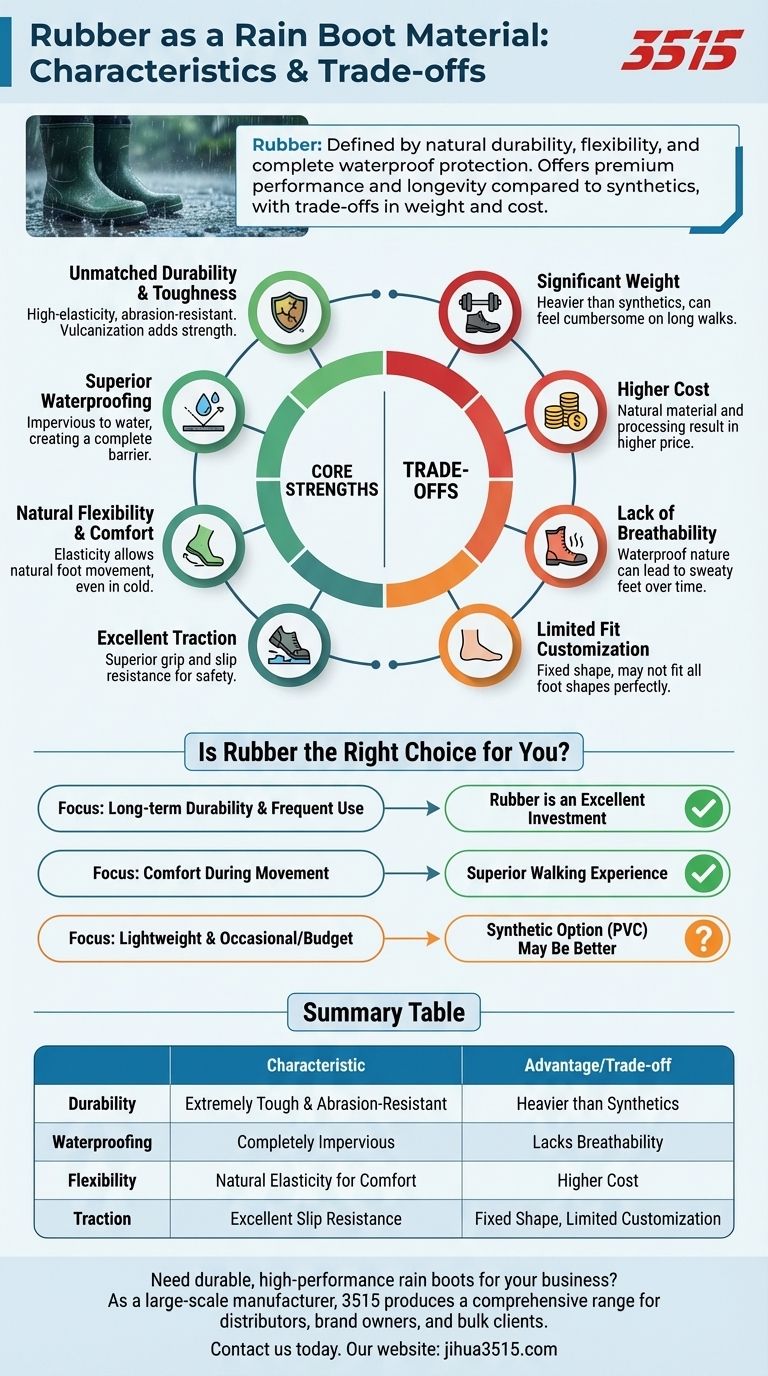
Related Products
- Factory Direct Wholesale Rain Boots Durable Waterproof & Fully Customizable
- Safety Footwear Wholesale Manufacturer for Custom OEM/ODM Production
- Factory-Direct Wholesale Canvas Boots with High-Traction Rubber Soles
- Premium Flame-Retardant Waterproof Safety Boots and Shoes
- Wholesale Safety Footwear Manufacturer for Bulk & Custom OEM Orders
People Also Ask
- What are the key characteristics of rain boots? Essential Features for Total Dryness
- What mechanical challenges arise for protective footwear in flood transitions? Ensure Stability in Dynamic Environments
- What are rain boots made of? Discover the best materials for ultimate waterproof protection.
- What are the drawbacks of rubber boots regarding breathability and comfort? Understanding the Moisture Trap
- What are the distinctive features of rain boots? Unmatched Waterproof Protection Explained
